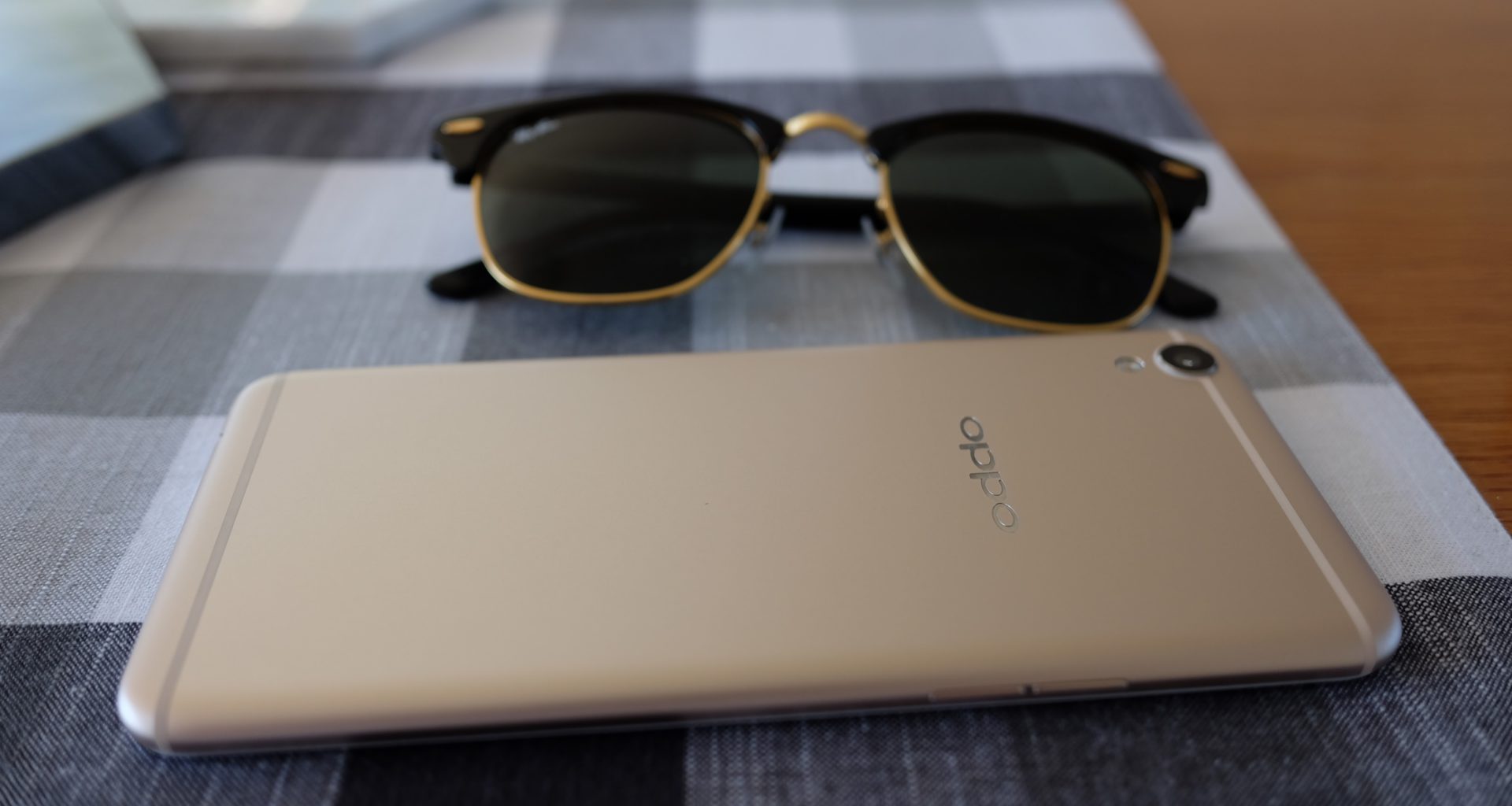Oppo has made a name for itself across Asia with a lineup of affordable smartphones, but the R9 was the first time I’d had a chance to try one for myself. When I heard that JB Hifi was making a bit of noise about stocking this phone for just under six hundred bucks outright I decided to jump in and check it out for myself.
Could this be a viable option for folks turned off by the $1000+ prices of a flagship smartphone in 2016?
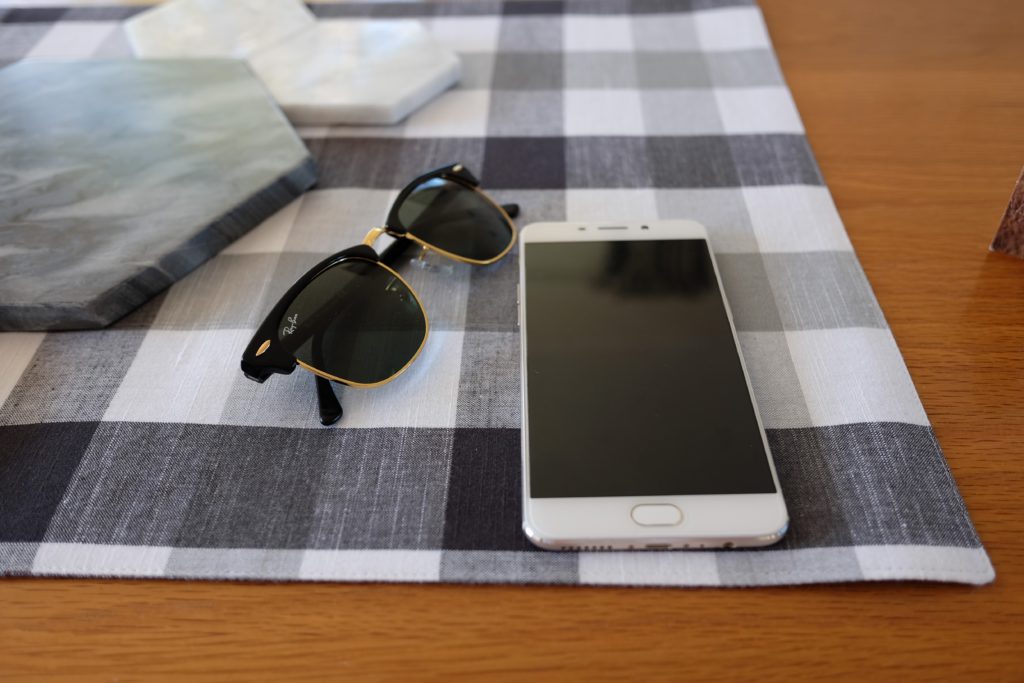
The R9 is an Android phone equipped with a 5.5 inch screen, with a fingerprint sensor home button, flanked by capacitive back and multi-tasking buttons. The narrower bezels and smaller frame meant that I found it easier to hold in-hand than larger phones like the iPhone 6s Plus.
The hardware design is obviously reminiscent of an iPhone, although you can tell right away that it lacks a little of Apple’s trademark fit and finish.
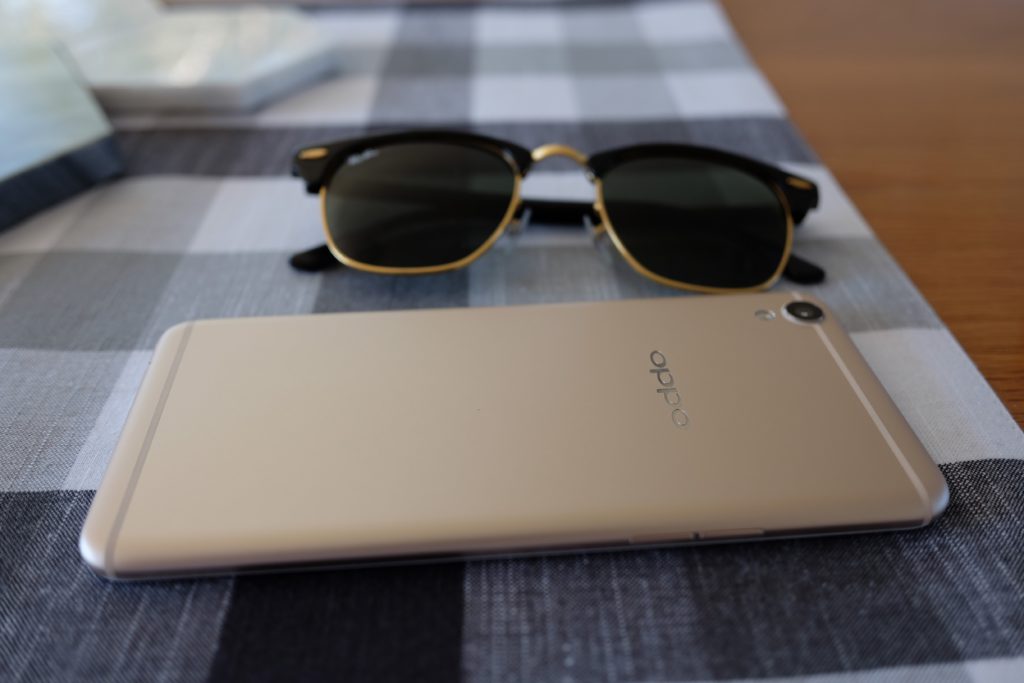
The case is made of aluminium and is curved in a very similar way to the iPhone. However, the display juts out from the caseback in a far more prominent way then the iPhone, leading to a slightly sharp front lip. See below.
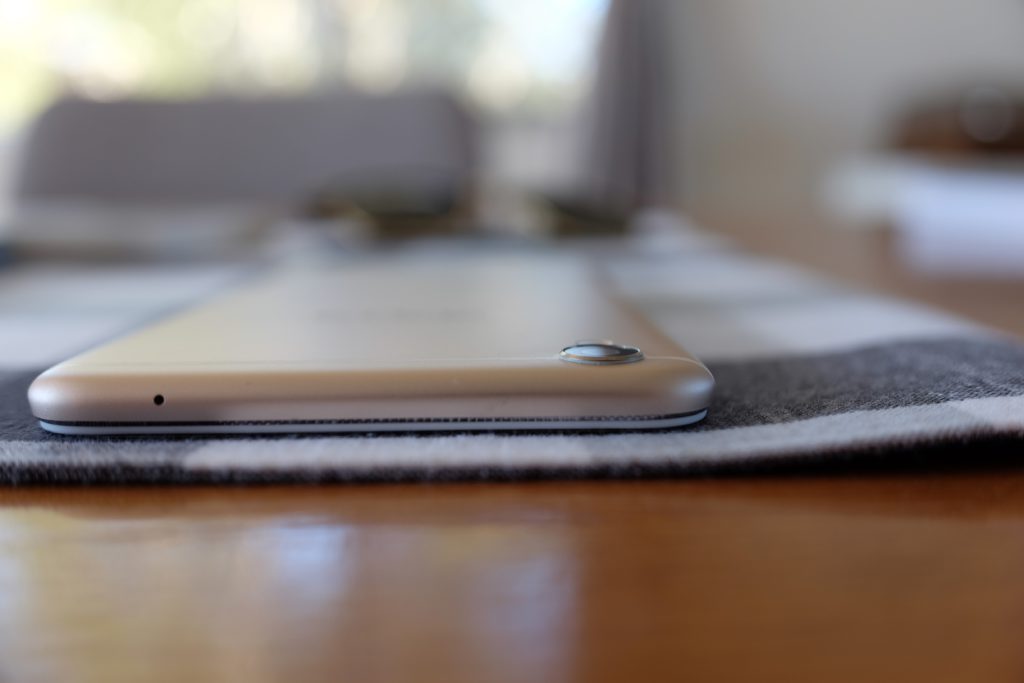
You’ll be reminded of this design flaw daily, in the form of a sharp edge digging into your finger whenever you swipe in from the bezel’s edge.
Another key difference is in the home button design. Because of the integration of a fingerprint scanner (a very fast one at that) the home button has an unsightly cut out where the screen hits the button. I actually originally thought that this cut-out was a screen protector that I hadn’t peeled off yet. Nope.
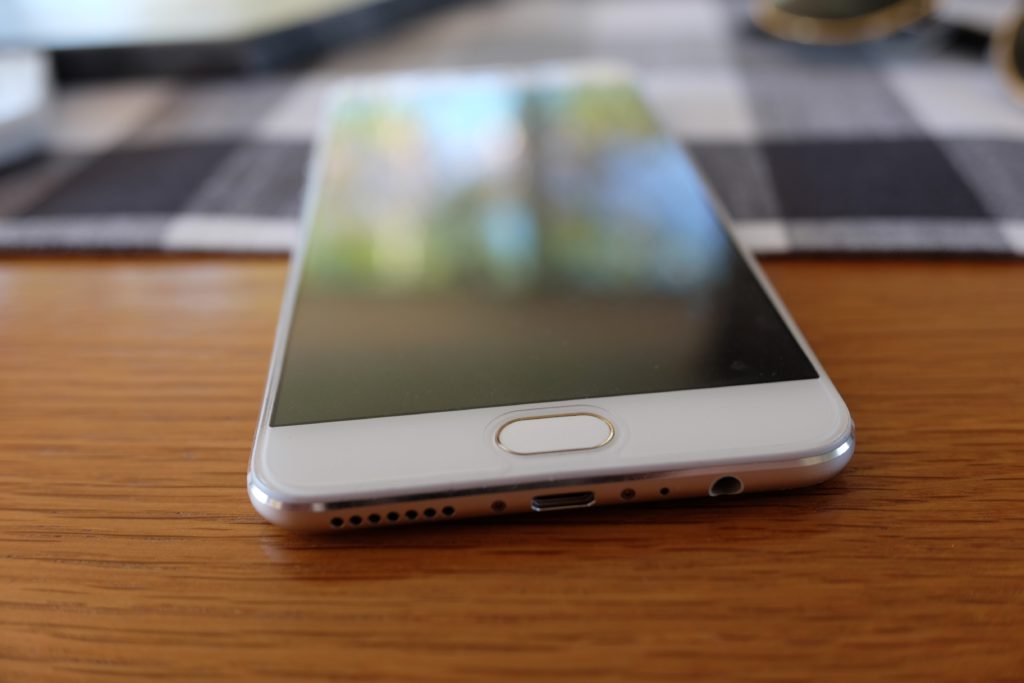
One thing the R9 has over the iPhone in hardware design is the fast-charging capabilities via micro-USB and a custom AC adapter.
In testing, I could get the phone charged to over 80% within an hour, which really makes a huge difference to the way you tackle charging day-to-day. No complaints on the battery either – I comfortably got all-day use out of it before needing to charge.
The screen lock button on the right hand side is excellently placed for your thumb. In fact, when switching back to the iPhone later on I found myself reaching lower down for the place where the Oppo button was.
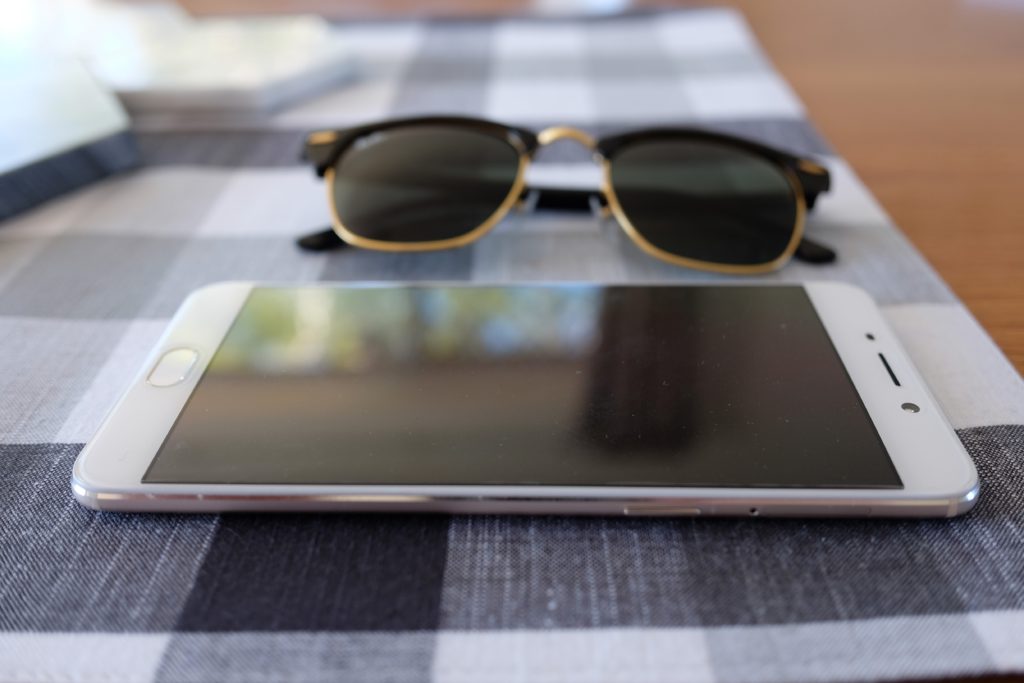
I found the buttons on the R9 very high-quality, particularly the volume and lock buttons on the side of the phone. The home button is satisfyingly clicky and responsive.
As an infrequent Android user, I found the placement of the capacitive buttons a bit baffling. Why is the back button on the right hand side, and the multitasking on the left? I know Samsung does this too, and it drives me nuts. Why the switcheroo?
The phone itself comes with 64 GB of on-board storage, and also has a SIM card tray that can hold a microSD card for more storage.
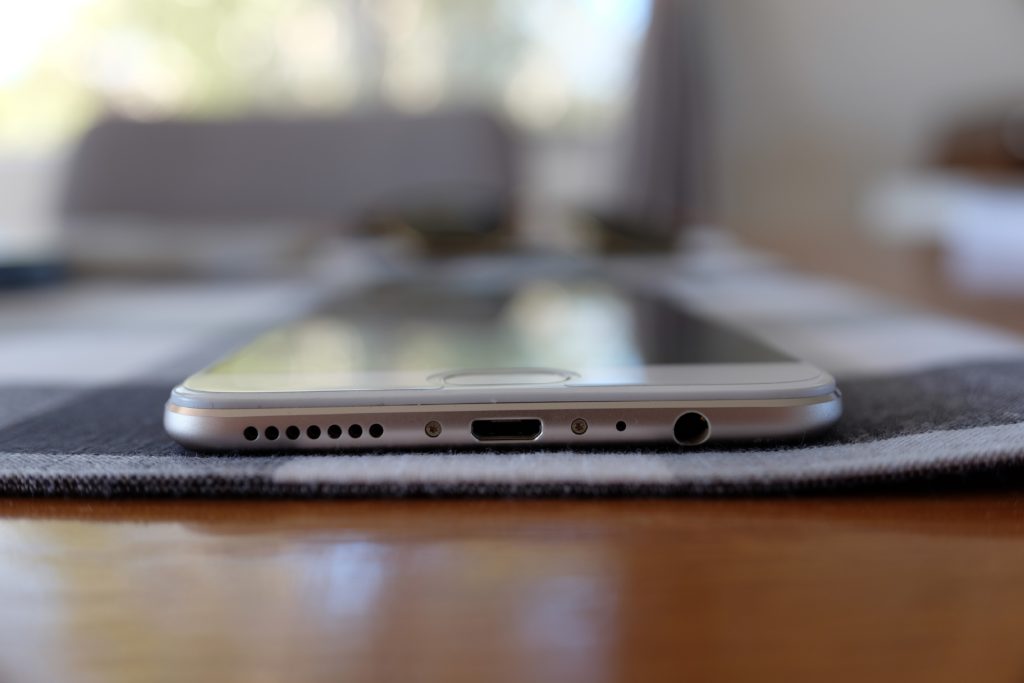
The bottom of the R9; once you notice that the headphone jack is slightly misaligned, you can never unsee it.
On software, Oppo has adopted many of the traits of iOS into their customised version of Android 5.1 (called ColorOS) that people are familiar with. One I grew to appreciate was swiping from the bottom right corner of the lock screen to launch the camera. The design of the camera app is has also been lifted pretty much directly from iOS, which makes it easy to use, but hard to appreciate the originality.
I don’t actually think that some of these feature copies are a bad thing for the crowd Oppo is targeting (the tagline of this phone is ‘Selfie Expert’, which says a lot). If someone was moving from iOS to Android with this phone, I believe they’d find it very simple to use and understand right away.
One gripe I did have about the Oppo ColorOS? The SMS messenger app wasn’t able to be replaced. I wanted to use Google’s messenger app, but the stock one kept complaining and refused to respect a change to the default. Apart from that, I had no issues with the software; everything ran smoothly, apps installed, civility reigned.
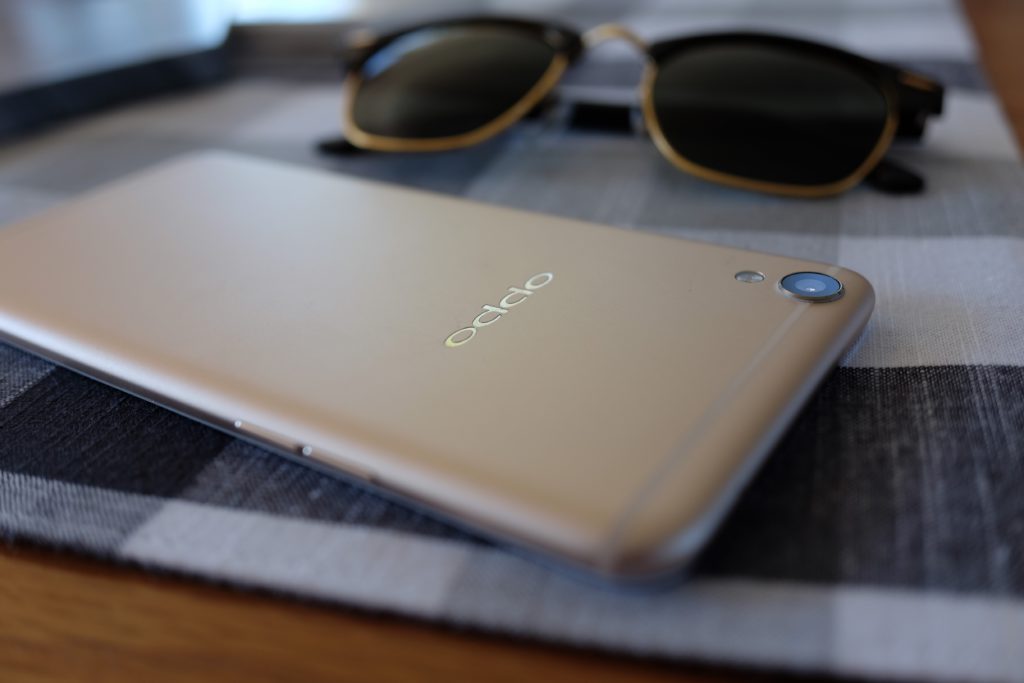
On the cameras of the R9 – one of the much-touted features was the front facing camera, which is actually higher in megapixel count (16) then the rear facing camera (13). In practice, I just didn’t find this camera to take photos that were of any significantly better quality than an iPhone 6s. Unfortunately for Oppo, megapixels aren’t everything.
The camera on the backside could also take a fine photo, but I found myself frustrated by the lag between tapping the shutter, and capturing a shot. I also found the camera struggled in lower light situations.
Overall, I enjoyed using this phone over 3 weeks, but the limitations of a cheaper device do become obvious over time. I could live with the little flaws in the hardware design, and I’m sure I’d get used to the software idiosyncrasies, but personally? The laggy camera would drive me nuts.
I think if you’re a budget-conscious former iPhone user, and you’d like a big phone without the big price tag, then the R9 could be worth a look for you.
